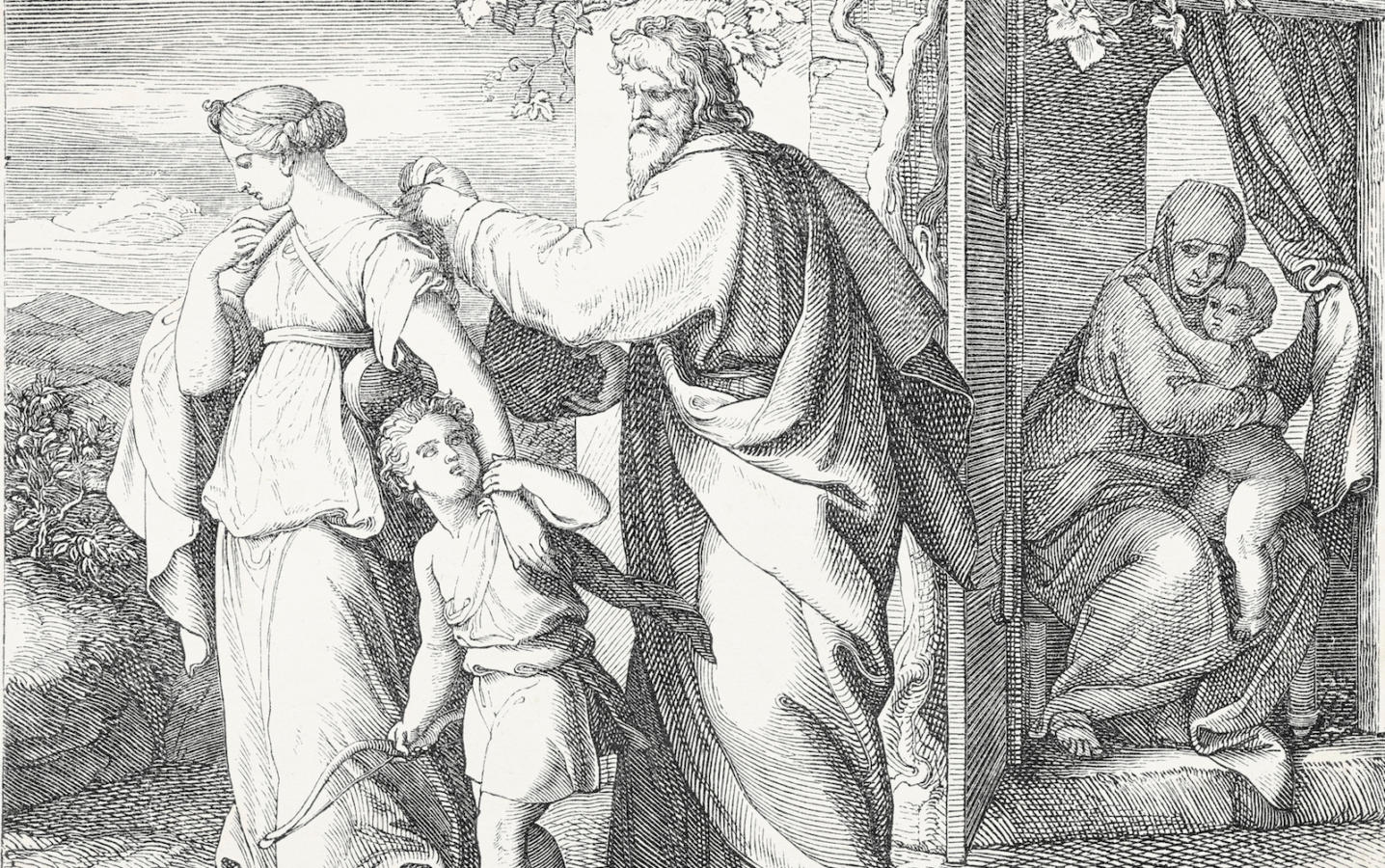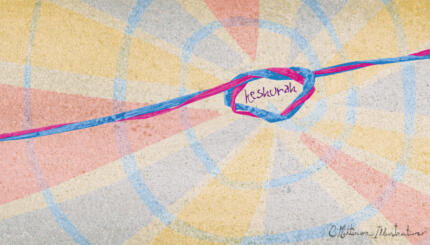Commentary on Parashat Chayei Sara, Genesis 23:1-25:18
Parashat Chayei Sara begins with Sarah’s death and ends with a surprise wedding announcement: at 140 years of age, Abraham remarries and fathers six more sons (Genesis 25:1): “Abraham took another wife, whose name was Keturah.”
A successor to Sarah, a stepmother to Isaac, another kinship line descending directly from Abraham? This is big news, and yet no more information about Keturah, apart from the listing of her progeny, follows.
In a bold act of imagination, rabbinic legend identifies Abraham’s new wife as Hagar, his former concubine. The last time Abraham and Hagar were together, he had agreed to have her and their son, Ishmael, banished to the desert to almost-certain death. How could anyone imagine that they would reconcile?
The medieval commentator Rashi makes his case based on wordplay. Keturah has the same root (k-t-r) as the Hebrew word for incense and the Aramaic verb “to bind.” He spins this into a drash that describes Hagar as a pleasant woman who remained loyal–or bound–to Abraham, and, through her good deeds, earned the nickname Keturah.
With your help, My Jewish Learning can provide endless opportunities for learning, connection and discovery.
A New Dimension to Hagar
This interpretation strains belief. Rashi’s grandson, Rashbam, bluntly states: “By the plain meaning of the text, Keturah is not Hagar.” Yet many prominent commentators agree with Rashi and manufacture new justifications for the linkage. Is Keturah Hagar?
I’m not sure it matters. What encourages me is that some rabbis want to read Hagar back into the story and give her character new subtleties and possibilities. The word hagar means “the stranger.” In her first appearance, Hagar functions for Sarah and Abraham as the oppressed outsider in their triangle of love and fertility.
The rabbis, however, stretch to connect Hagar and Keturah, creating a new arc to the story. Hagar as Keturah offers the possibility of healing past wrongs while raising new questions: How did Hagar and Abraham’s reconciliation occur? How much about their relationship, in its various stages, do we not know? The linkage to Keturah widens the text, encouraging us to see a new side of Hagar. This offers a model for reading text which has creative possibilities beyond traditional biblical exegesis.
I am reminded of this story every time I read about the developing world in the news. I know there are human beings behind the headlines of tragedy and suffering. But how can I access their reality? Traveling with AJWS service and education delegations, I met people who showed the fullness of their lives, a fullness that transcended the serious deprivations they struggled to overcome. But now, raising young children, my traveling days are on hold. I find myself struggling to connect to global issues and to prevent statistics from masking the humanity of people around the world.
Powerful Literature
I have found something that works –I read novels written by indigenous authors. While no substitute for travel, literature is a powerful tool to understanding more than the newspapers’ chronicles of disaster. As David Lewis, Dennis Rodgers, and Michael Woolcock, scholars of international development, wrote in a recent paper: “Works of fiction can…offer a wide-ranging set of insights about development processes that are all too often either ignored or de-personalized within academic or policy accounts, without compromising either complexity, politics, or readability.”
Fiction invites us into the lives of people in the developing world. Novelists such as Ama Ata Aidoo, Monica Ali, and Khaled Hosseini make the foreign familiar and immediate. They expand our ability to understand the stranger, and, significantly, to care. They personalize, without compromising complexity, politics, or readability.
Is this not the project of the interpreters of Torah? Is Hagar Keturah? The Torah, by itself, won’t say. With midrash, our tradition of dynamic reading of these texts, the silence of the Biblical verse fills with alternatives. Both midrash and literary fiction expand our sense of possibility and encourage us to identify with the stranger.
Can the way we read make a difference? By more fully imagining another and her world, our advocacy and action will be more effective. As the 19th-century novelist George Eliot wrote, “appeals founded on generalizations and statistics require a sympathy ready-made…but a picture of human life such as a great artist can give, surprises even the trivial and the selfish into…attention.”
Provided by American Jewish World Service, pursuing global justice through grassroots change.



